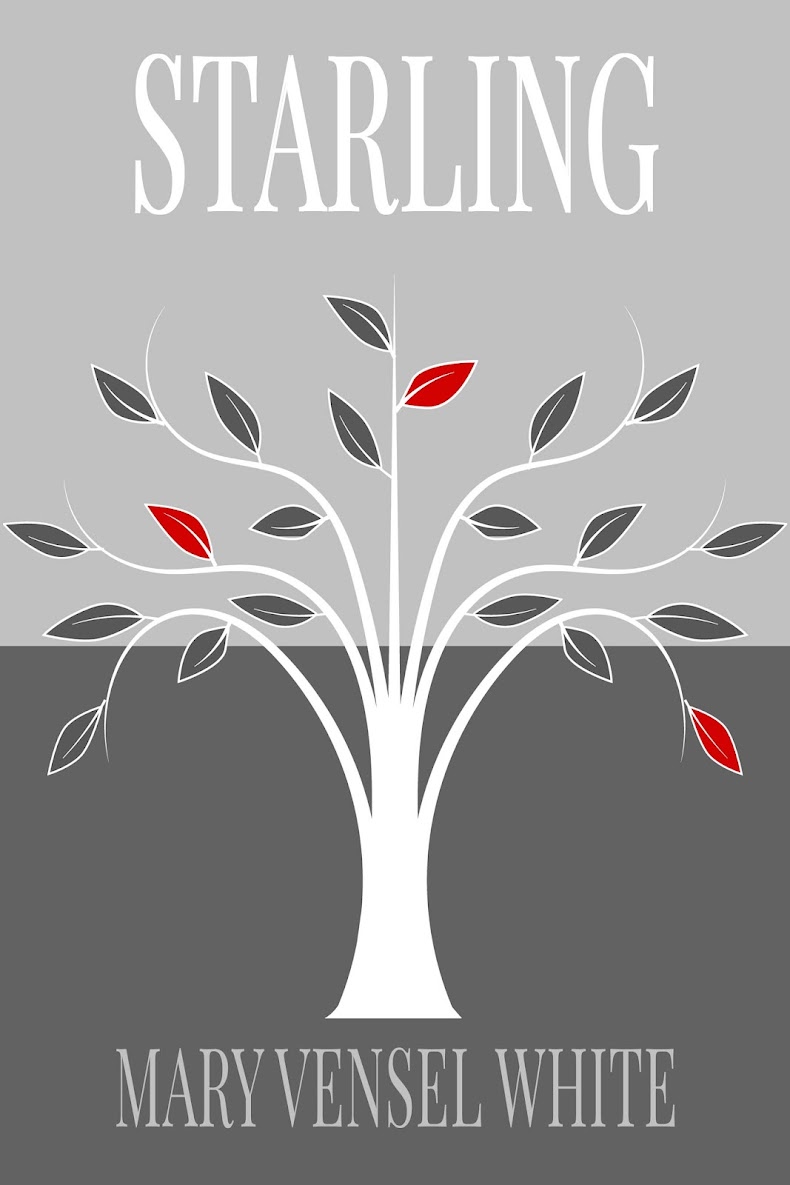One of my favorite books is Kent Haruf’s Plainsong. Sometimes, in conversations when I mention this, I find myself stumbling over my description of the book. “It’s about two elderly ranchers,” I’ll say, “and the small Colorado
I also loved the sequel, Eventide, and over the weekend, I read Haruf’s first novel, The Tie That Binds. This book also focuses on the inhabitants of a small town in the American High Plains and the style mimics the simplicity and expansiveness of the land. It is a very good novel, although clunky at times and perhaps not as perfected as his later novels. As it should be, I suppose. But the overall effect is the same. I was pulled in by the prose and held until the last page.
As a writer, I’m continually thinking about style and plot, about things like pacing and structure and the methods other writers employ. We’ve all read “page-turners,” books that fly along at breakneck speed; like a one-night stand, they rush along to the conclusion before you’ve been properly introduced to the characters. They might be fun for a while but they leave me feeling empty afterwards. And we’ve all read books that are all character and description, someone wallowing in their environment and thoughts, trying the patience of even the most patient and introspective reader.
So what’s a good balance? Like all artistic matters, it’s subjective. But in Haruf’s first novel, I noticed and appreciated something he did to strike a very good balance between style and plot, the way he used anticipation.
Chapter Three of the book starts with this:
“It wasn’t enough that their father was Roy Goodnough or that their mother died early; there had to be at least one more thing to clinch matters, to fix them forever, to make Edith and Lyman end up the way they did—two old people, a sister and a brother, living alone out here in a yellow house surrounded by weeds.”
Then, Haruf takes eighteen pages to tell the story of how they were fixed. Eighteen pages, not too many, but a plot-seeking reader might feel the desire to flip through and get to the main event. But there is something delicious about the anticipation, something so engaging about the way the story is told that it actually made me want to turn the pages more slowly to savor it.
Haruf takes this technique even further in the ninth chapter, which begins with a longish paragraph about whether six years is a good stretch of time or not:
“Now I don’t pretend to think that a mere stretch of six years is anywhere near enough time. But I suppose if that’s all you’re given and no more, then six years will have to do. In the end that’s what Edith Goodnough had: she had six years of what you may call fun.”
The implication, of course, is that at the end of six years, the fun ended. After this introduction, Haruf takes thirty-six pages to draw out the story of just how, why and when the fun ended for Edith. Again, there is a primal urge to speed through, to see “what happens,” but there are also goose bumps, a desire to slow down and enjoy the anticipation, the details of it, the feeling of the waiting.
Over two millennia ago, Aristotle listed the six elements of drama and described the necessity of increasing anticipation within the plot. I can’t help but think that when a story moves too quickly, one thing racing after the other, it’s depriving readers of this basic satisfaction. In the hands of a great writer like Kent Haruf, anticipation can be more satisfying than the resolution of any plot point.














Lovely review, Mary. I have Eventide on my reading list! Can't wait to get to it.
ReplyDelete